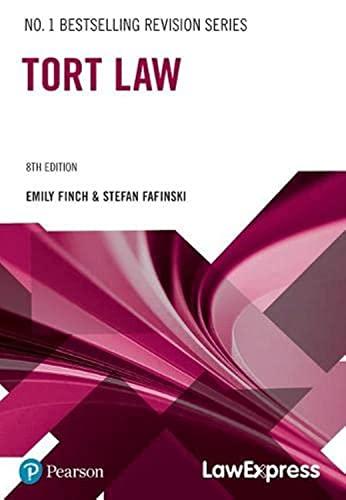Please help!! (I understand the piece, but can't write the news stories)
Read the following piece: A 957yearrold widow who lived alone was robbed and left bound with electrical wire on her bed with a garment around her head and neck. Sometime during the next 48 hours, she died from asphyxiation. During an RCMP undercover operation, the accused told a police officer that he had been involved in the robbery and death. The accused was charged with rst degree murder under s. 231(5) of the Criminal Code *7 murder while committing the offence of unlawful confinement W and tried before a judge and jury. At trial, he claimed that he had fabricated the admission. He testied that he had gone alone to the victim's house only with intent to break and enter, that the back door to the house was open as though someone already had broken into the home, and that he left after finding the victim already dead in her bedroom. The trial judge charged thejury on manslaughter, second degree murder and first degree murder under s. 231(5) of the Code. In response to a request from thejury that he clarify the elements of first degree murder and the "substantial cause\" test, the trial judge essentially reiterated his charge. Overall, he charged that the standard of causation for manslaughter and second degree murder was that the accused's actions must have been "more than a trivial cause" of the victim's death while, for first degree murder under s. 231(5) , the accused's actions also must have been a "substantial cause" of her death. On two occasions, however, once in the main charge and once in the recharge, he described the standard of causation for second degree murder as "the slight or trivial cause necessaryto find second degree murder" instead of \"more than a trivial cause\". Thejury found the accused guilty of second degree murder and the Court of Appeal upheld that verdict. The only ground of appeal both before the Court of Appeal and this Court concerned the test of causation applicable to second degree murder. This article describes the criminal case in which Daniel Nette was convicted of second-degree murder in the death of 95-year-old Clara Loski. Using the same basic information you have read about this case, write two (short) news stories using the "5 W's and H" (who, what, where, when, why, and how). The opening sentence has been provided for you. 1. The first news story is to reflect hypothetical actions that would have clearly made Daniel Nette guilty of first-degree murder. At the end of this news story, in point form, identify the factors that made this a first-degree murder case. (5 marks) GUILTY OF FIRST-DEGREE MURDER Yesterday, in the Kelowna courtroom, Daniel Nette was found guilty of first-degree murder.... 2. The second news story is to reflect hypothetical actions that would have clearly made Daniel Nette guilty of manslaughter. At the end of this news story, in point form, identify the factors that made this a manslaughter case. (5 marks) GUILTY OF MANSLAUGHTER Yesterday, in the Kelowna courtroom, Daniel Nette was found guilty of first-degree manslaughter








